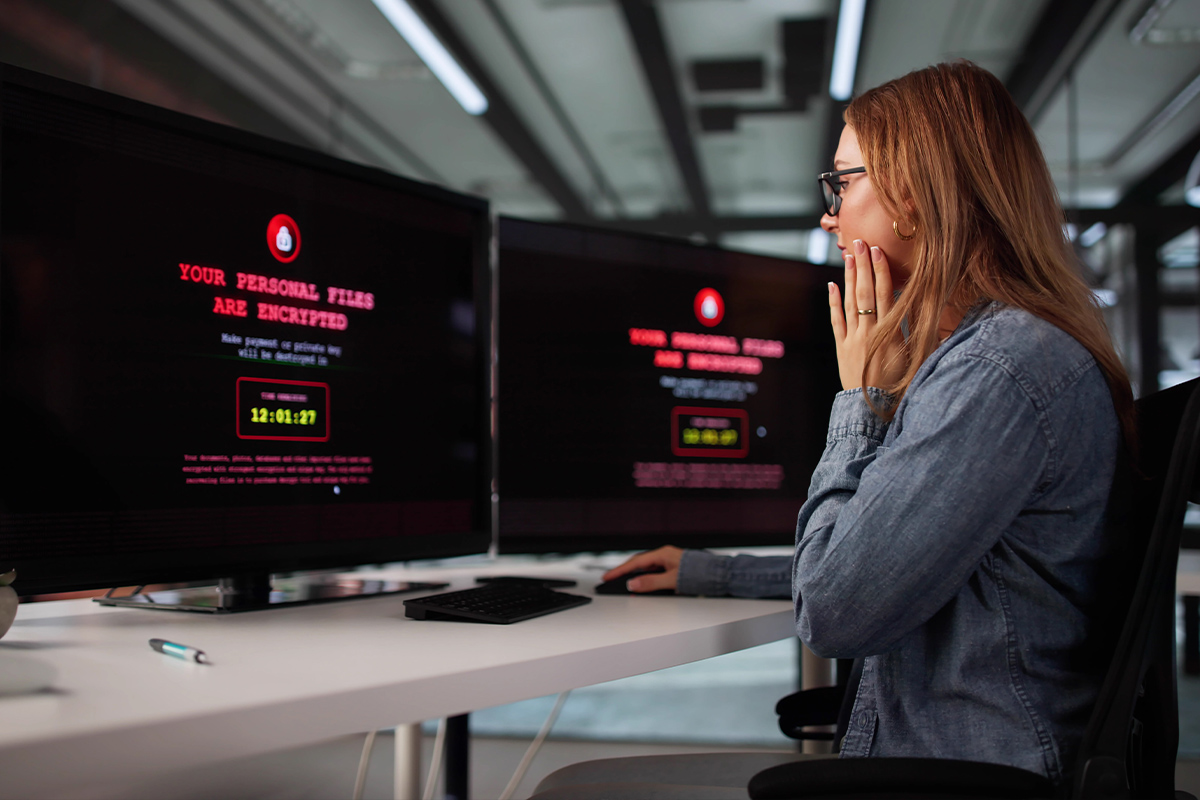VPN Downtime: How Redundancy and Fallback Solutions Ensure High Availability
Avoid costly VPN outages: learn how redundancy, failover solutions, and continuous testing keep your office and remote teams securely connected.

In today's digital age, businesses face an evolving threat that can cripple operations and jeopardize sensitive data: double extortion ransomware. This sophisticated cyberattack involves not just encrypting a company's data but also stealing it, creating a two-fold challenge for businesses. Understanding and preparing for this threat is crucial for safeguarding your business.
Ransomware is no longer just about locking access to data; it's about stealing it first. This new strategy significantly amplifies the threat, making traditional backup solutions insufficient for comprehensive protection. Small and medium-sized enterprises (SMEs) are particularly vulnerable, facing immense pressure to adapt to these advanced cyber threats.
A staggering 60 percent of German companies experienced ransomware attacks within a year, as reported by the Bitkom Association in fall 2024. The consequences ranged from operational disruptions to substantial financial losses, highlighting the urgent need for businesses to fortify their defenses.
Cybercriminals have refined their methods, now opting to exfiltrate sensitive data before encrypting it. This approach not only demands a ransom for decryption but also threatens the publication of stolen data, significantly raising the stakes. Despite the increased risk of detection, the promise of higher ransom payments makes this tactic appealing to attackers.
In the face of double extortion, regular backups lose their effectiveness. The real danger lies in the potential release of stolen data, which can have devastating effects on a company's reputation and lead to severe financial and legal repercussions. Recent incidents involving major brands like Adidas and Hertz and public entities like Berlin’s BVG underscore the widespread vulnerability to these attacks.
A robust defense against ransomware requires more than just reliable backups. It demands a multi-faceted approach:
The most effective defense against double extortion combines traditional security measures with a modern Zero Trust approach. Seamless integration into existing IT infrastructures, interoperability, and adherence to open standards are key to avoiding vendor lock-in and ensuring long-term resilience. Exploring Zero Trust models is a step forward in modernizing IT security and protecting against sophisticated cyber threats.